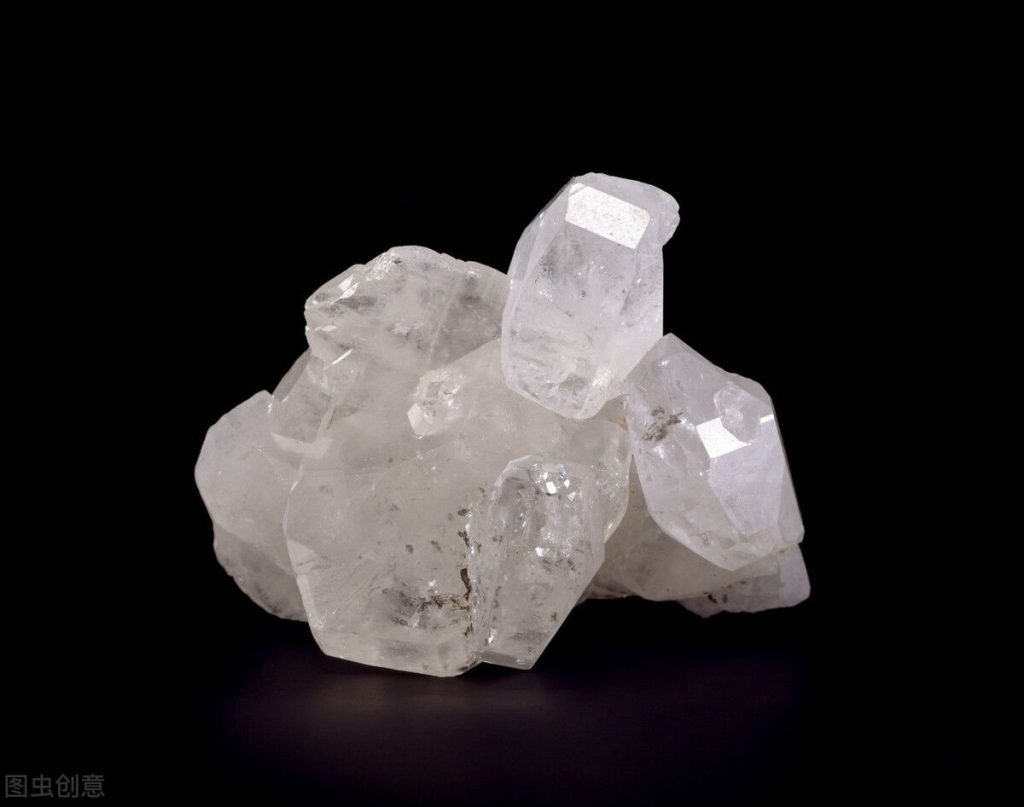Influence of alkali treatment on acid leaching and purification of vein quartz

Vein quartz is one of the important raw materials for purifying and processing high-purity quartz sand, Vein quartz ore contains many associated gangue minerals, such as feldspar, mica, rutile, tourmaline, chlorite, etc., and many inclusion impurities are also formed. For low-grade vein quartz ore, simple acid leaching generally cannot meet the requirements of high-purity quartz, and some quartz particles still contain inclusions.
The roasting-water quenching method can create gaps between quartz and gangue minerals, exposing a large number of inclusions, thereby increasing the chance of contact between reagents and gangue minerals in quartz, and is more conducive to the removal of gangue minerals.
Using the purification process of roasting-water quenching-magnetic separation-flotation-alkaline treatment-acid leaching, the vein quartz samples were subjected to alkali treatment-acid leaching test, and the influence of alkali treatment conditions on the quality of acid leaching concentrate was systematically studied. :
(1) Through the conditional experiment of alkali treatment and acid leaching of vein quartz flotation concentrate samples, it is found that alkali treatment is beneficial to the reduction of Al content in acid leaching concentrate, and the effects of three different alkali treatments are KOH>NH4OH, respectively. >NaOH, among them, the Al content of the acid leaching concentrate treated with KOH alkali solution is the lowest at 253.67μg/g.
(2) Treated with KOH alkali solution, the optimum reaction temperature is 40℃, the optimum concentration is 0.5mol/L, and the optimum reaction time is 4h. Under the optimum conditions, the Al content in the vein quartz flotation concentrate after alkali treatment and acid leaching treatment was 245.49μg/g. However, too high temperature, too long time, and too large alkali concentration are not conducive to the reduction of Al content in the acid leaching concentrate by alkali treatment, and will cause excessive dissolution of quartz, resulting in a relative increase in Al content.
(3) Through scanning electron microscope analysis, the surface of the alkali-treated quartz is very rough, and there are many tiny pores on the cleavage surface, and a large number of cavities are also dissolved on the fracture surface. During the alkaline treatment, the port face of the quartz is more easily corroded by the alkaline solution than the cleavage face. The test analysis shows that the alkali treatment enhances the effect of acid leaching by eroding the quartz surface and reacting with the surface SiO2 to expose the internal gangue minerals.
